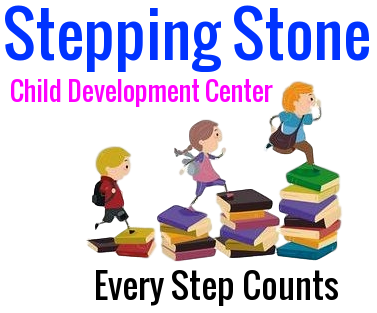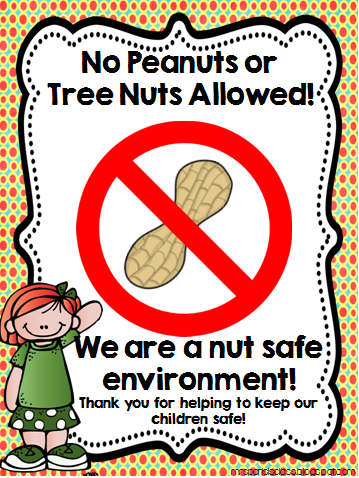Physical
– sensory materials such as play dough, finger paints, sand and water
– large, open space for running, jumping, dancing and climbing
– team building games, i.e. “Mother, may I?” or “What Time is it Mr. Wolf?”
– allowing time for children to dress themselves (buttons, zippers, snaps and shoes)
– small and large wooden or plastic blocks
Cognitive/Intellectual
– learning through play about letters, words, colors, numbers, shapes, sorting and sizes
– reading and encouraging children to get involved with the story (“what happens next”)
– time for exploration and problem solving
– Mandarin, Spanish, French and Sign language learning
– mental mathematics (abacus)
– financial literacy (saving and spending money, etc.)
– introduction to robotics
Emotional
– listening to, naming and modeling feelings and discussing how to express them in a safe manner
– opportunities for children to express their opinions about likes/dislikes, activities to choose, what to eat or what to wear
– times for children to be a leader or helper
Social
– playing games or doing activities chosen by the children
– encouraging sharing and taking turns
– helping with younger children
– teaching empathy, nurturing behaviors, relaxation and conflict resolution through role playing
– helping children get involved in the community by cleaning up a park, raising funds for a charity of their choice
Creative
– respect for and acknowledgement of child’s budding imagination, inner wisdom and self-choices.
– paint, markers, pencils, papers etc. with easy and open access
– puppets and materials to create the children’s own puppet show
– learning that uses all five senses (smell, sight, taste, touch and sound)
– music, movement and dance
– dress-up clothes (shoes, dresses, shirts, ties, etc) and costumes for role playing
– cooking, baking and mess-making experiences

